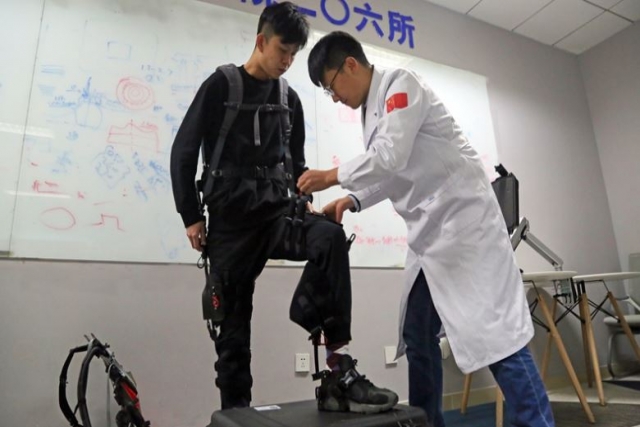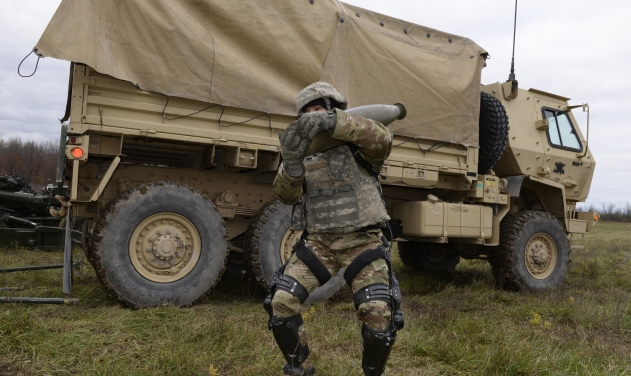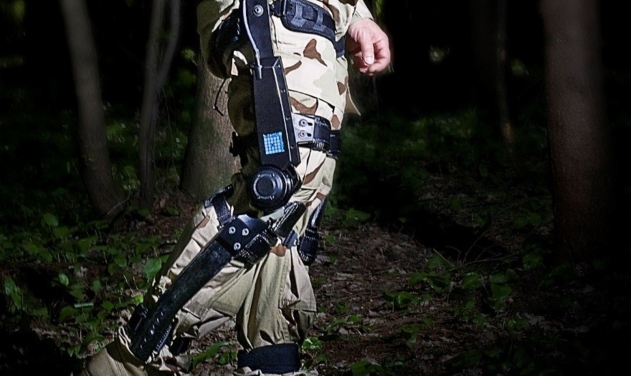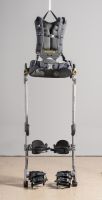Exoskeletons for Chinese Soldiers in High Altitude Regions

Chinese military stationed at high altitude regions may soon begin using exoskeletons built to conserve their energy while performing tasks such as patrol, transportation, and logistics support.
The Human Function Enhancement Technology Research center, under the state-owned China Aerospace Science and Industry Corp (CASIC), has already delivered a number of these agile, non-powered exoskeletons to the military, Global Times reported Tuesday.
In the harsh environment of high-altitude regions, other devices like aerial drones and robotic dogs may face difficulties reaching their intended destinations due to strong winds or challenging terrains. That is why traditional manual work is still necessary, said Zhang Lijian, head of the research center.
Zhang explains, “But in high-altitude regions, due to the lack of oxygen, goods that weigh 1kg feel like 5kg, and at an elevation of 3,500m, a human being's physical capabilities decay to only 70-75% of normal level. The exoskeleton can effectively save 5-10% of the energy expended in walking, climbing and carrying goods, and about 70- 80% of the energy used in standing, when carrying a load of 25kg.”
The exoskeleton is built from carbon fiber materials and weighs only about 4kg. Putting on the gear takes less than a minute. It is durable despite possible rough usages in high-altitude, mountainous regions. To counter the extreme cold and wear-and-tear issues, the equipment does not contain any plastic, the report said.
Visit: SAHA EXPO, TURKEY -VIRTUAL AEROSPACE & DEFENCE EXHIBITION
Zhang said that it took only about 20 days to build the first batch of dozens of exoskeletons, which are currently priced at less than 50,000 yuan ($7,565) each. Based on customer demand, production can be accelerated to 1,000 units a month, and the unit price can be reduced.

Russia’s Exoskeleton EO-1
Russia’s state-owned Rostec released a video of its troops wearing passive exoskeletons in Syria in September. Unlike active exoskeletons, passive exoskeletons have no power sources, servomotors, electronics or sensors.
TsNIITochMash Exoskeleton
A Rostec subsidiary TsNIITochMash in December 2019 said it is working on the Sotnik future combat gear. The company added that serial production of passive unpowered exoskeletons for carrying heavy weights would begin in about 2-3 years. Manufacturing of active exoskeletons is expected to commence in about 4-6 years.
Lockheed Martin’s ONYX Exoskeleton
ONYX is a powered, lower-body exoskeleton with artificial intelligence (AI) technology that augments human strength and endurance. It counteracts overstress on the lower back and legs. Using electro-mechanical knee actuators, a suite of sensors and an AI computer, ONYX learns user movements and delivers torque to assist with walking up steep inclines, lifting or dragging heavy load.













